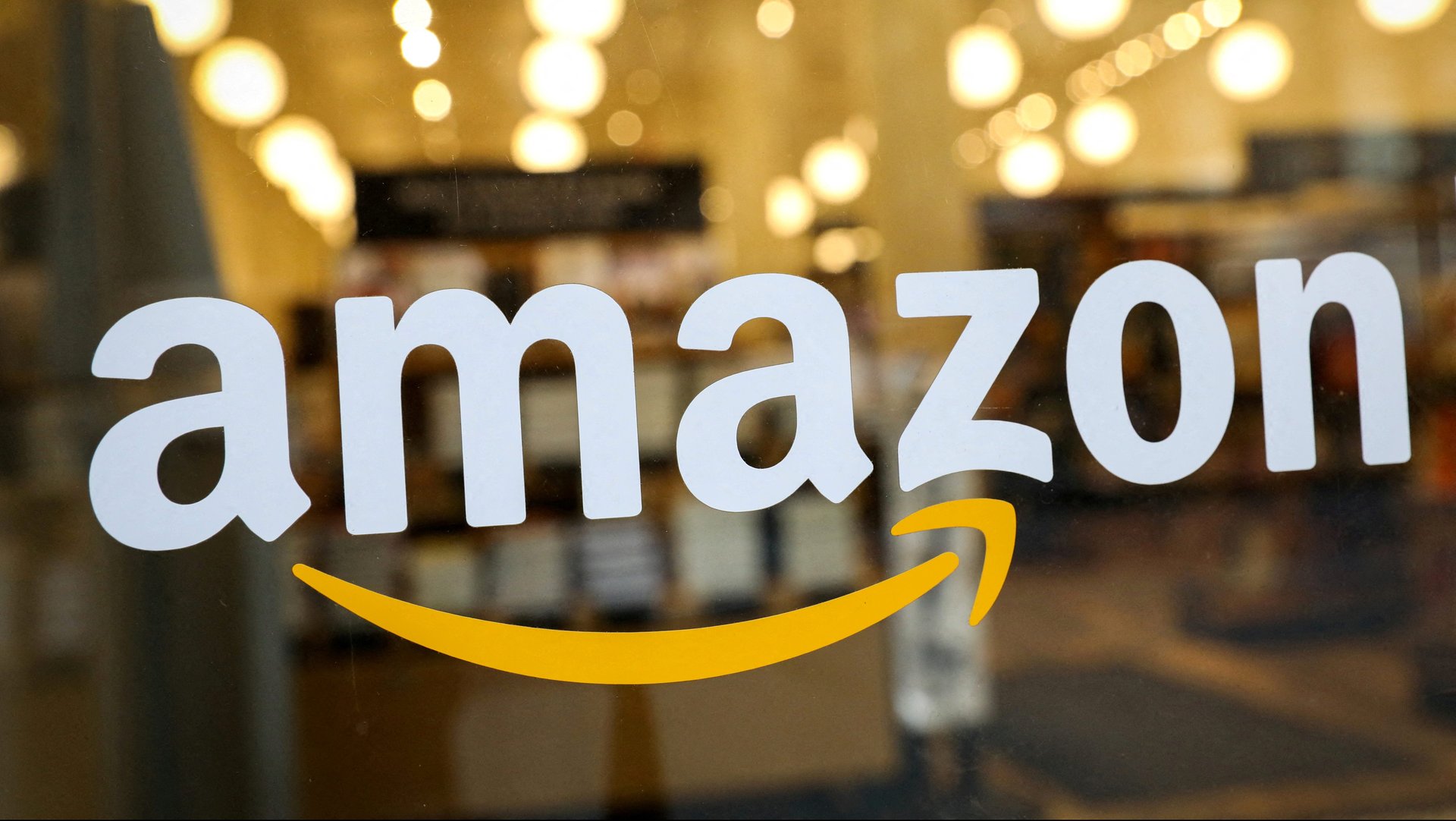Amazon announced its first stock split in more than 20 years
Amazon’s stock is splitting—not in half, but in 20 bite-sized pieces to attract the attention of retail investors and Wall Street’s index makers. It’s the first time the stock has split in more than 20 years during which the company’s share price has risen 50-fold.


Amazon’s stock is splitting—not in half, but in 20 bite-sized pieces to attract the attention of retail investors and Wall Street’s index makers. It’s the first time the stock has split in more than 20 years during which the company’s share price has risen 50-fold.
If approved by Amazon shareholders, the 20-to-1 stock split will drastically reduce the tech giant’s notoriously expensive share price. Today, one share of Amazon stock costs about $3,000. If the company’s shareholders approve the split, it will drop to about $150 a share. That should entice new retail investors, and perhaps even earn it a spot in the Dow Jones Industrial Average.
News of the split and a new $10 billion stock buyback was announced in an 8-K filing with the US Securities and Exchange Commission on March 9. Amazon’s stock rose nearly 7% in after-hours trading.
Why do companies split their stock?
Splitting a stock is mostly a marketing maneuver, aimed at making a high-priced stock more attractive to retail investors who might consider buying it. It can also make existing investors happy by multiplying the number of shares they have. In a statement to Quartz, Amazon said that the split will “give our employees more flexibility in how they manage their equity in Amazon and make the share price more accessible for people looking to invest.” The company has split its shares three times, most recently in 1999 when Amazon was five years old. If the company board agrees at an upcoming meeting this May, the latest split will take effect in early June.
The retail trading boom during the pandemic economy, precipitated by the advent of no-fee trading on major brokerages and apps like Robinhood, led some of the largest publicly traded tech companies to execute stock splits in recent years. Apple and Tesla split 4-to-1 and 5-to-1 respectively on the same day in August 2020. The graphics chip maker Nvidia split 4-to-1 in July 2021.
Amazon’s 20-to-1 split, while unusual, isn’t unprecedented. The online search and advertising giant Alphabet, parent company of Google, proposed a 20-to-1 split just last month. Its share price is about $2,600 as of March 9. For Amazon and Google, the stock splits might also be a path into the Dow Jones Industrial Average, a 30-company index of stocks that tends to exclude high-priced securities. The benefits of such membership might be a small but meaningful boost if the goal is to attract more retail investors.